There is something truly magical about the art of knotwork. The interlacing lines, the rhythmic flow of patterns, and the sense of connection between past and present make it a deeply satisfying practice. But beyond the beauty of the designs themselves, there is another layer of richness—being part of a community that shares in the passion, the challenges, and the triumphs of creating intricate knots. That’s exactly what Nancy’s Knot Club is all about.
Review of Zentangle's Project Pack 23
Celtic Knot Drawing Journey
Inktober 2022 Review
For several years I have been participating in the Inktoker artist challenge. Inktober originated as an “all” art challenge and in 2015 Stephanie Jennifer adapted it for our beloved Zentangle practice.
Following along with prompts throughout the month helps me maintain my drawing skills and facilitates my daily practice. I like to follow the prompts supplied in the handout from 7F5R.com because I don’t need to think about what tangle to draw next. That decision has been made for all who participate.
Zentangle Project Pack 11 - Review
Map Tangling - Say What?
A tangling map is just a pool of color that has been blown around to achieve “contents” with “peninsulas” and “islands”. Annie sent students a video in advance of the class, showing us how to create our “maps”. I used Ecoline liquid watercolours to create my maps. Naturally, the watercolour needs to dry completely before tangling begins.
Inktober Tangles 2020
Dancing with Nature's Muse
I recently attended an amazing art retreat at Big Bear City in Southern California. The organizers of the retreat, Sharla Hicks and Beckah Karula sure know how to grow a budding artis't’s skills! I learned about new tools and techniques, was challenged to “push the darks farther”, and hung out with amazing friends for ten days high in the Southern California deset. What an amazing experience!
5 Steps to Growing Your Zentangle Art Skills
The 100 Day Project
Its interesting how there can be an amazing global art event and somehow only a small portion of the population hears about it. At the end of March, I saw a post on Instagram from someone saying they were going to take part in the #the100dayproject. I checked the link she posted to learn that it is an effort at global art and creative encouragement.
We can all use a little encouragement, right? I dug a little deeper and found one of the groups I follow on Facebook @ZentangleAllAround run by Alice Dean Hendon. was also supporting the 100 day project. Yay!



